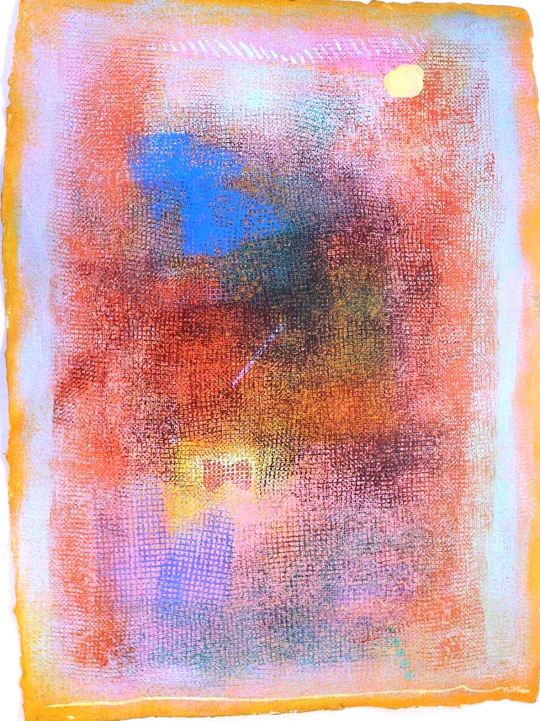Popular literature and "art" literature got divorced a hundred years ago. They'd been growing apart for decades and were already contemplating separate living arrangements when Joyce annulled the marriage with Ulysses. From then until today, specialist education is necessary to fully follow wtf is going on in Modernist or Postmodernist fiction. It's pretty much guaranteed that if you haven't been to university you're not at that party.
This fact of life creates a circumstance of ambiguity for TriadCity authors. We take our Modernism/Postmodernism spectrum seriously. Computer mediated narrative and textual virtual worlds are such wonderful media for exploring the kinds of narrative problems explored by the 20th century, which many of us now read in hindsight as trying as best it could to break out of the codex into something... else.
Where the ambiguity for TriadCity becomes: who besides a very narrow circle of academic specialists could give a rat's, and why should anyone ask them to?
And its cousin: how to build a compelling imaginary experience where everyone is welcome, and made to feel welcome?
An approach we've evolved over time is writing in "layers", meaning, crafting experiences within the game world which are compelling on their own terms, but have cultural resonances which as a player you can interact with, or not, as you prefer.
Here's an example I'm fond of. The Tree of Life in the NorthWest Third is a towering treehouse overlooking the riverbank, a playground for local children, beautiful, lit by flickering lantern light at night, glowing in the darkness with a subtle fiery glow. As a visitor you're free to explore it, admire the city views from its top branches, bring a picnic, play tag with the kids. It's fun, which is reason enough.
But at the same time, it's a geographical representation of one of the core ideas from the western mystical tradition, the Kabbalah's structuring metaphor, the Tree of Life, a series of initiate stages though which consciousness passes on its rising journey of enlightenment. We depict this without ever saying it out loud: the chambers are spatially correct, they're assigned the proper Hebrew names, their contents correspond to the stages on the spiritual journey represented.
Do you have to know anything about the Kabbalah?
No! It works as a treehouse, and nevermind the bollocks.
You'll see this technique all over TriadCity. This is how we utilize the literally hundreds of borrowed characters who populate our world. Alfred Jarry is tending bar, wearing his bicycle racing outfit. Randle McMurphy stares at a wall. It's not necessary to know where these characters originate, they're appropriate to their context in TriadCity. Familiarity with the associations they bring adds depth.
How effective is this as a narrative technique?
I don't know. It is effective use of the medium, and to that extent we've made a contribution. Whether or how much these techniques influence the literature of the future remains to be discovered.


No comments:
Post a Comment